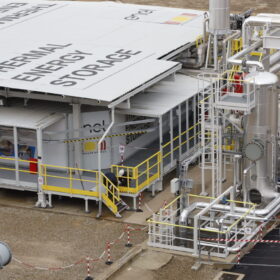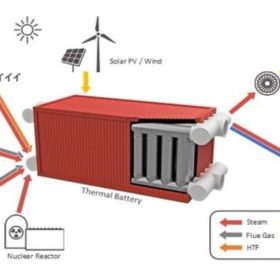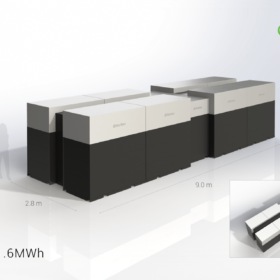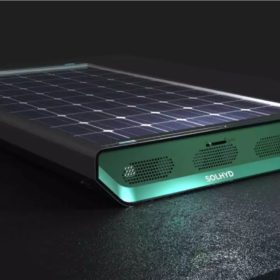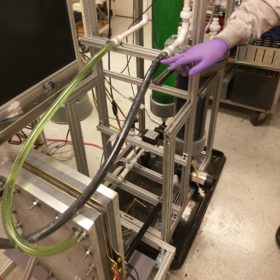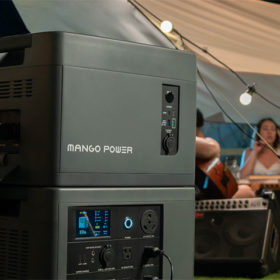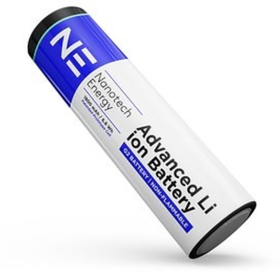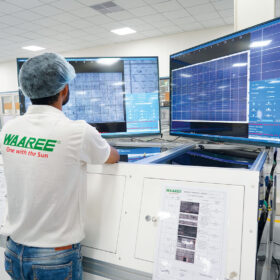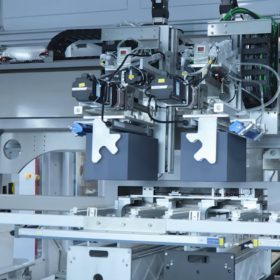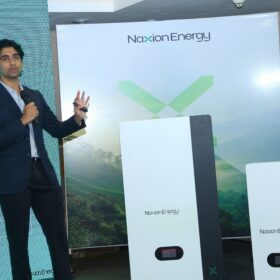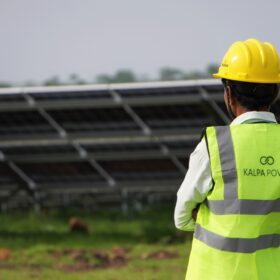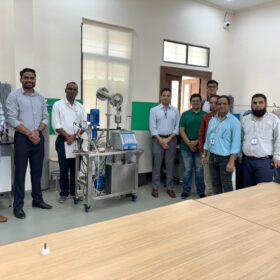Rock-based thermal energy storage production moves into gigawatt scale
Israeli company Brenmiller is set to launch a 4 GW to 5 GW production line for its thermal energy storage systems, which use crushed rocks to retain heat that can be released as steam, hot water, or hot air.
New thermal battery offers fast, efficient performance at low cost
US engineers have built a scalable thermal energy storage prototype system that combines the best latent and sensible heat transfers. The technology, which is now market-ready after three years of testing, consists of engineered cementitious materials and thermosiphons in a combination that enables fast, efficient thermal performance at low cost.
China’s polysilicon imports fell by 23% in 2022, says Bernreuter Research
After an interim high in 2021, polysilicon imports into China fell again in 2022, but the country’s share in global output still came close to 90%, according to a new report by Bernreuter Research.
Lithium sulfur flow battery with 250 Wh/L energy density
Edinburgh-based energy storage solutions specialist StorTera has developed a long-duration, energy-dense, lithium-sulfur-based single liquid flow battery (SLIQ). The tech is said to last for 30 years with minimal degradation.
Hydrogen-producing rooftop solar panels nearing commercialization
KU Leuven researchers have developed rooftop panels that capture both solar power and water from the air. Like traditional PV modules, hydrogen panels are also connected, but via gas tubes instead of electric cables. The researchers are now preparing to bring the tech to the mass market via a spinoff company.
Novel redox flow battery paves way for low-cost storage
US researchers have facilitated the decoupling of power from energy design by incorporating a conducting carbon slurry in the negative electrolyte of an all-iron flow battery. In a new study, they describe the design considerations for slurry iron redox flow battery scalability.
Mango Power unveils home and portable battery system
US-based Mango Power has developed a 3.5 kWh battery system that can be expanded up to 14 kWh. The product features LFP battery cells from CATL and can be charged through AC wall outlets, with solar panels, or via electric-vehicle chargers.
The long read: Cobalt clings on
Cobalt is key for boosting energy density and battery life, but it comes with caveats: expensive, scarce, and linked to unethical mining practices, wild price fluctuations, and a tenuous supply chain. In recent years, battery manufacturers and automakers have intensified efforts to reduce or eliminate cobalt in lithium-ion cathodes. But sometimes, old habits die hard, as pv magazine’s Marija Maisch explains.
Non-flammable, graphene-based lithium-ion batteries approaching stationary storage market
US-based Nanotech Energy’s graphene battery uses proprietary electrodes with a thermally stable separator, and non-flammable electrolyte that is said to be inexpensive to manufacture. The technology is said to be superior in terms of safety and competitive in terms of cell performance.
Off-grid solar continues to expand
The off-grid solar sector has shown resilience in the face of pandemic-related challenges, with 70 million people gaining access to electricity from early 2020 to the end of 2021. However, the ability to pay for solar energy kits has taken a hit.

